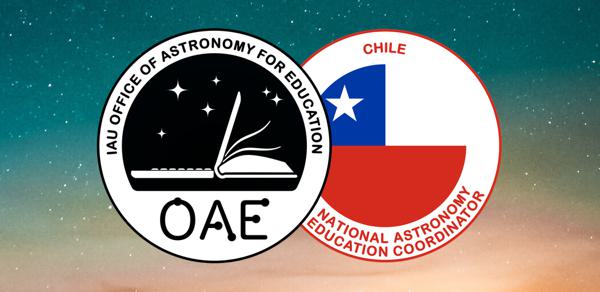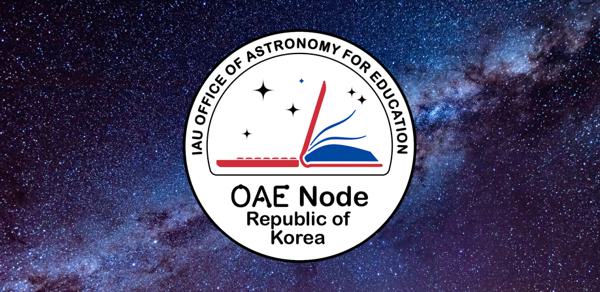About
Daytime astronomy challenges our expectations of what astronomy entails. Our first associations revolve around the night sky, rich in fascinating objects like the Moon, planets, stars, constellations, nebulae, globular clusters, and galaxies. However, there are many exciting concepts connected to celestial objects that everybody can witness even in daylight. Firstly, there is the Sun, but we can also find the Moon and certain bright planets during the day or in the twilight of dusk and dawn. Daytime astronomy also helps us to connect with our cultural heritage. Seasons, timekeeping, and the calendar are closely related to observing the apparent annual motion of the Sun and the Moon. One major advantage of daytime astronomy activities is they happen during regular school hours. As such, they potentially reach many children and enrich their teaching with easily accessible hands-on exercises. Therefore, daytime astronomy is exceptionally well suited to teach basic astronomical concepts with few barriers concerning availability during the day and avoiding possible safety issues at night. The collection includes various activities and best practices to teach fundamental phenomena of the Sun-Moon-Earth system. They discuss examples for diurnal and annual solar motions, activities to measure the size of the Earth, as well as tips for observing solar eclipses safely.
Mini-review document
This review was the topic of a session at the 3rd Shaw-IAU Workshop. The proceedings from this session have been adapted into a mini-review (PDF file 7.56 MB) .








